The Birds and the Books
Tracking symbolism through Jane Eyre, The Illness Lesson, Taylor Swift, and more
Dear readers,
If you are new here, welcome! Many of you found your way to our newsletter thanks to
’s interview piece last week - if you haven’t read it yet, you can find it here. We hope you enjoy our weekly engagements with books, and we encourage you to check out our archive to find posts covering literary representations of mental illness, mythology retellings, trauma narratives in POC works, deep dives into specific novels, and more!Last week on the podcast, we talked about Fledgling by Octavia Butler, a book that honestly, we had very mixed feelings about. Some aspects, such as the ways in which Butler explores race and Black history, were interesting and unique. But other parts had us scratching our heads. Here’s the full episode:
The title of the novel, Fledgling, takes its meaning from a bird that has just fledged: acquired the feathers needed for independent flight. And at face value, it is clearly referencing the book’s protagonist, Shori:
‘Shori’ is the name of a kind of bird — an East African crested nightingale.
As it happens, some of the other books I’ve been reading lately also feature birds, and it got me thinking about bird imagery in literature. In particular, I was curious about the supernatural, sinister energy that birds can represent (readers who know my love for gothic fiction will not find this surprising).
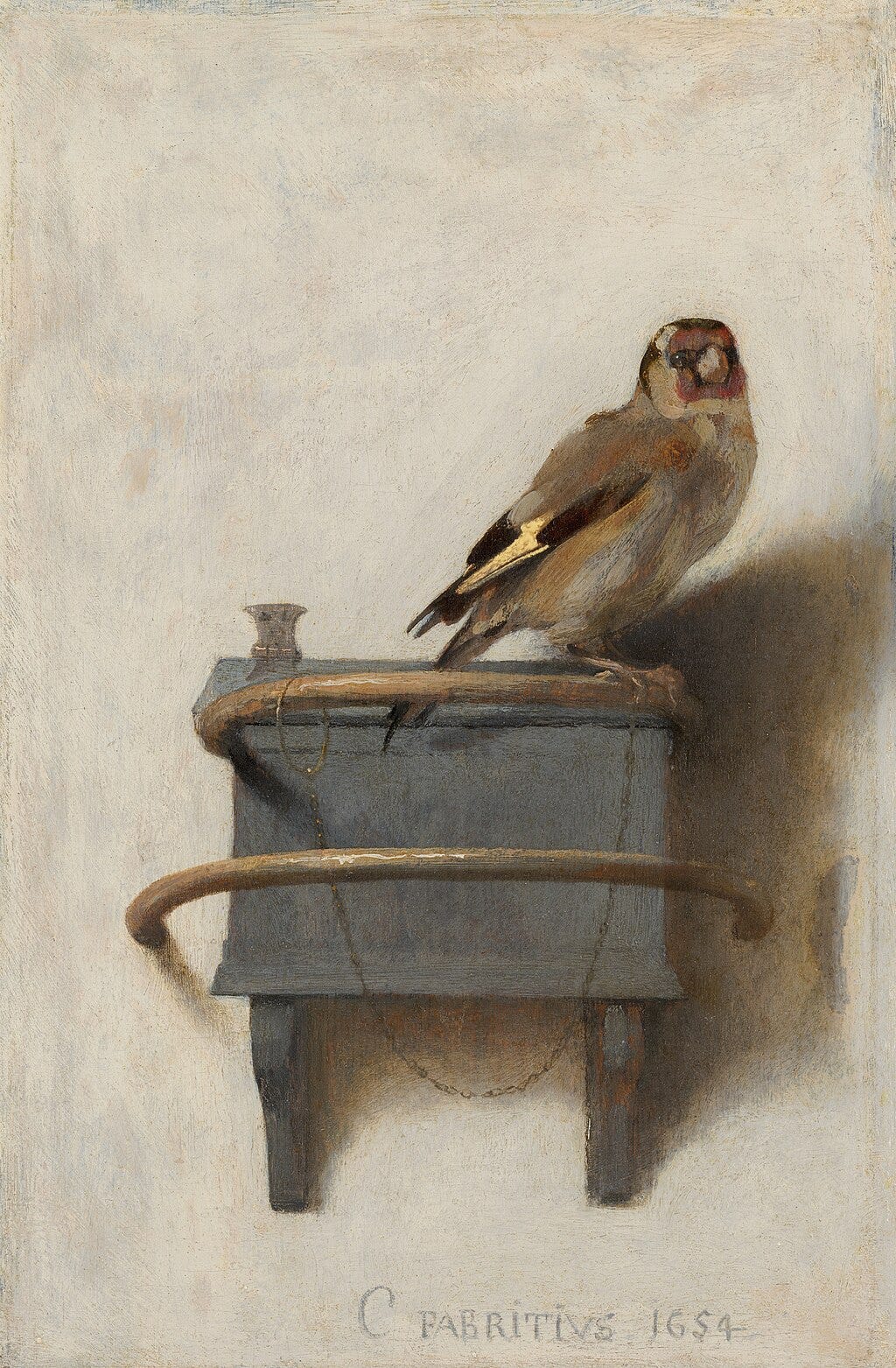
What do birds symbolize?
A quick survey of online sources reveals a wide range of themes and emotions that birds can represent, from freedom, to hope, to love and connection. This is obvious in Keats’ poems, for example, but it also appears in books across genres. From 1984:
A thrush had alighted on a bough not five metres away, almost at the level of their faces. Perhaps it had not seen them. It was in the sun, they in the shade. It spread out its wings, fitted them carefully into place again, ducked its head for a moment, as though making a sort of obeisance to the sun, and then began to pour forth a torrent of song. In the afternoon hush the volume of sound was startling. Winston and Julia clung together, fascinated…What made it sit at the edge of the lonely wood and pour its music into nothingness?
Different species have specific meanings, too: for the Ancient Greeks and Egyptians, the dove was a sign of prosperity and good fortune to come (though now, in the United States, it often represents peace and alliance). Some stories from Indigenous peoples folklore portray Bluejays as symbols of good luck. In some Eastern Asian cultures, the crane represents youthfulness and longevity.
But thinking about this idea of birds as harbingers of good fortune, hope, and freedom — it just didn’t feel like the complete picture to me. So, of course, I turned to the classics.
One of the most famous avian lines from literature comes from Jane Eyre:
I am no bird; and no net ensnares me; I am a free human being, with an independent will; which I now exert to leave you.
What often gets left out is the prompt for this response; earlier, in the book Rochester asks her not to “struggle so like a wild, frantic bird, that is rending its own plumage in its desperation.” There is something feral and violent in this imagery. It doesn’t make me think of freedom or hope — it makes me think of terror.
Feathers of Fright
For some reason, the idea of birds as representations of bad omens is so much more compelling to me. We see a hint of the supernatural in Edgar Allan Poe’s The Raven:
While I nodded, nearly napping, suddenly there came a tapping,
As of some one gently rapping, rapping at my chamber door.
And this imagery is repeated in one of literature’s most famous stories of birds gone bad:
Then he heard the tapping at the window. There was no creeper on the cottage walls to break loose and scratch upon the pane… It was a bird, what kind of bird he could not tell. The wind must have driven it to shelter on the sill.
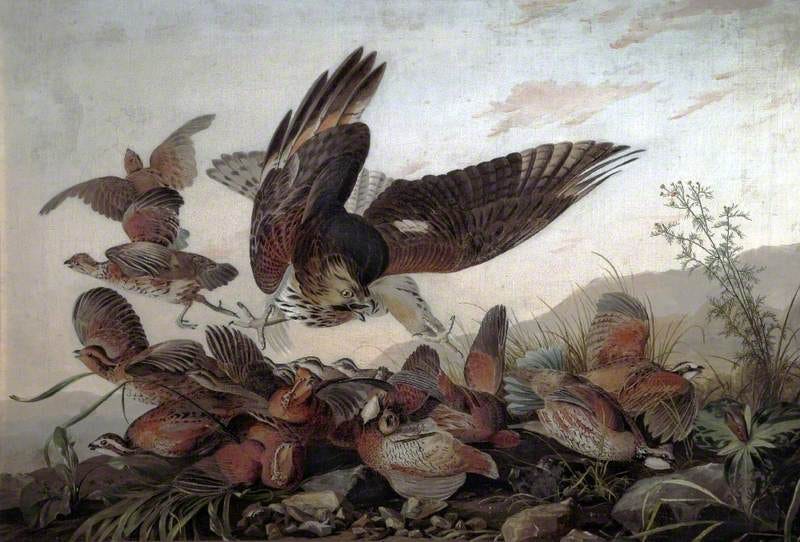
In du Maurier’s story The Birds, the birds appear quickly, on the first page, and immediately, it is apparent that they do not seem to have control over their own bodies. They don’t respect natural boundaries between man and nature, or even personal boundaries between one body and another; they come too close to the people, disregarding the species delineation.
As the story progresses, and the attacks intensify, the dead birds start to overwhelm living spaces with their still, quiet, bloodied bodies. While the living birds threaten the physical safety of the townspeople, the dead birds threaten their psychological safety.
Here du Maurier exercises her knowledge of human nature and weakness; she knows that the unknown, the absence of a thing, is more terrifying than staring it in the face. And more terrifying than the birds attacking humans is that the birds are killing themselves, acting against their most basic instincts, in opposition to nature itself.
‘I can hear the birds,’ she said. ‘Listen, Dad.’
Nat listened. Muffled sounds came from the windows, from the door. Wings brushing against the surface, sliding, scarping, seeking a way of entry. The sound of many bodies, pressed together, shuffling on the sills. Now and again came a thud, a crash, as some bird dived and fell.
The Trilling Hearts
Birds represent something even more sinister in The Illness Lesson by Clare Beams — if that’s possible. The opening of the novel sets the stage for what is to follow:
The first of the birds Caroline mistook for her own mind’s work. When the streak of red crossed the kitchen windowpane, fast, disastrous-bright, she thought it was some bloody piece come loose inside herself.
The Illness Lesson follows Caroline and her father, Samuel, who decide to start a school to educate young girls in rural Massachusetts in the 1870s. We quickly learn that this was not Samuel’s first such endeavor, and that the previous one ended disastrously. As young girls arrive to Trilling Heart school, named after the red birds that Caroline’s mother called trilling hearts, they begin to succumb a strange force.
Throughout the novel, we encounter the trilling heart birds, witnessing their redness and the threat of their nearness. We know their presence is not a comfort.
Novels and novels could be written about this thing’s beauty, crowds could will themselves into raptures, and Caroline would never see it. She watched it step across the grass and swore she could feel its talons on the skin of her stomach.
The birds in The Illness Lesson seem to simultaneously represent the cloaked surveillance and sinister machinations of men and the patriarchy, while also reflecting back the vulnerability of the women.
I couldn’t stop thinking about these birds after reading the book, imagining their dark, beady eyes staring straight at me.
Related Posts You Might Have Missed
Quick Picks
In this section, we’ll share books, movies, podcasts, TV shows, and other arts/media. Today’s selections highlight birds:
BOOK | Starling House by Alix E. Harrow: okay, I admit, I’m drawn to the creepy-looking birds on the cover of this book. But the description sounds wonderfully Gothic, too: ‘A grim tale about a small town haunted by secrets that can't stay buried and the sinister house that sits at the crossroads of it all.’
recommended this one and it’s definitely going on my TBR.NOVELLA | The Strange Bird: A Borne Story by Jeff Vandermeer. From Vandermeer’s personal website: ‘The Strange Bird is a new kind of creature, built in a laboratory—she is part bird, part human, part many other things. But now the lab in which she was created is under siege and the scientists have turned on their animal creations. Flying through tunnels, dodging bullets, and changing her colors and patterning to avoid capture, the Strange Bird manages to escape.’
SONG | The Albatross by Taylor Swift: this is the closest I will get to publicly commenting on this album. Rather than trying to figure out whether it’s ‘good’ or ‘bad’ I’m really interested in the wide-ranging allusions in this album, from literature, to mythology, to philosophy, to pop culture and history. In ‘The Albatross’ Swift references the multiple symbolic meanings of the albatross: mystery, fortune, punishment, regret, and salvation. I’m sure Swift is consciously in conversation with the poem The Rime of the Ancient Mariner by Samuel Coleridge.





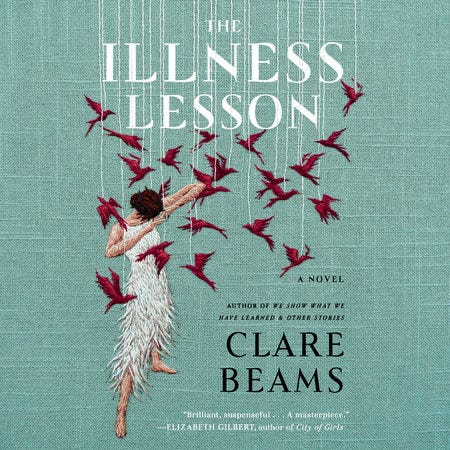
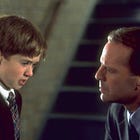
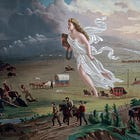
This was so fascinating! I also never realized that du Maurier wrote The Birds. I’m trying to remember now if there is any bird-related imagery in Rebecca. And I hope you enjoy Starling House!